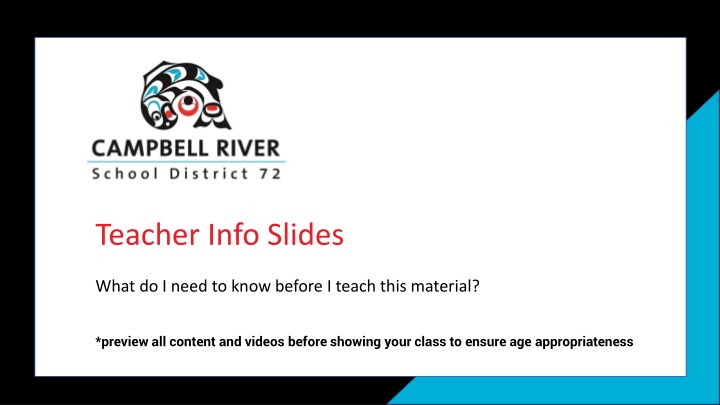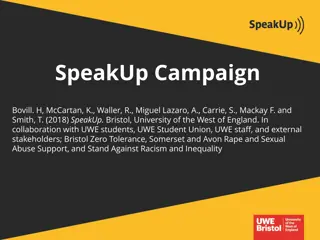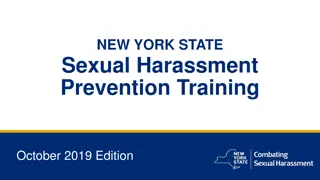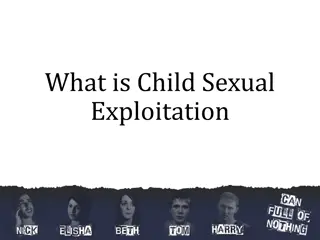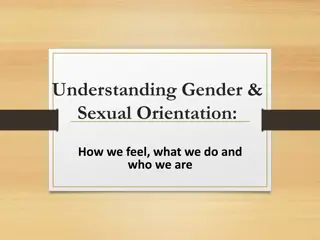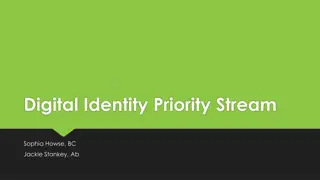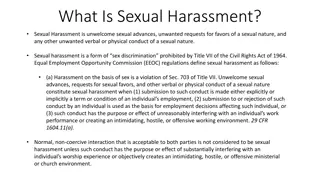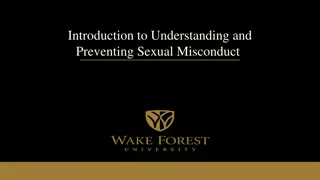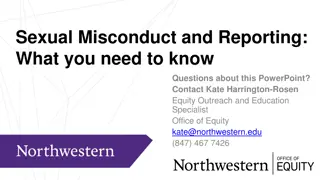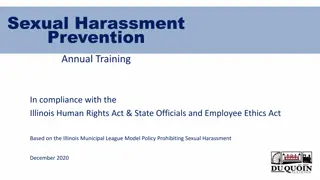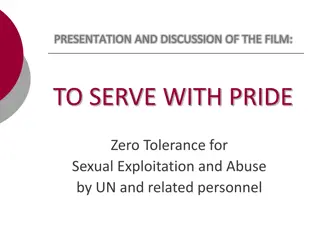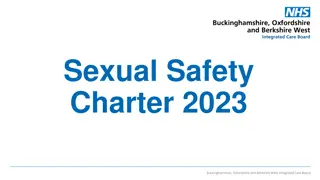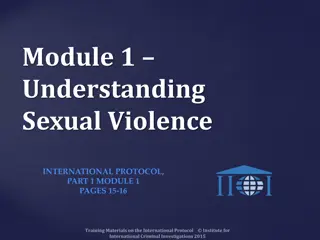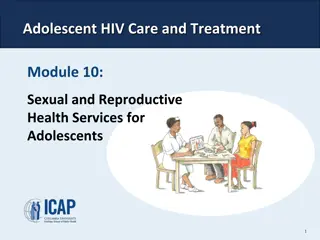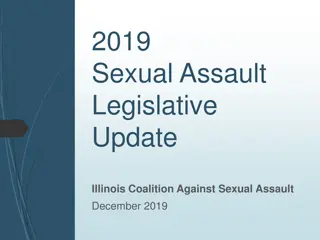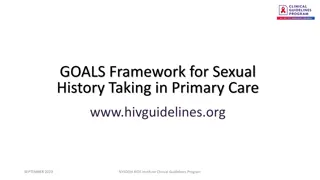Health Class Guidelines for Teaching Sexual Identity Lesson
Prior to teaching the Sexual Identity lesson in Health Class, it is essential to preview all content, videos, and language for age appropriateness. Establish clear ground rules for answering questions, use helpful phrases to redirect difficult inquiries, and maintain a safe learning environment. Respect students' privacy, diverse values, and ensure the material is only shared with the appropriate age group. Laughter is natural, but guidelines on how to handle it in a respectful manner are provided.
Download Presentation

Please find below an Image/Link to download the presentation.
The content on the website is provided AS IS for your information and personal use only. It may not be sold, licensed, or shared on other websites without obtaining consent from the author.If you encounter any issues during the download, it is possible that the publisher has removed the file from their server.
You are allowed to download the files provided on this website for personal or commercial use, subject to the condition that they are used lawfully. All files are the property of their respective owners.
The content on the website is provided AS IS for your information and personal use only. It may not be sold, licensed, or shared on other websites without obtaining consent from the author.
E N D
Presentation Transcript
Teacher Info Slides What do I need to know before I teach this material? *preview all content and videos before showing your class to ensure age appropriateness
Reminders When Answering Questions: enders When Answering Questions Set ground rules ahead of time, set up an anonymous question box and give yourself time to formulate answers for the next session, use reliable phrases, always end with a safety message or direction of a reliable resource for more information, tell students you may rephrase questions to protect confidentiality and safety of all students (no names, no questions that expose anyone)
Useful Phrases When Answering Questions: some people may, although not everyone will it s important to understand the safety of , experts believe, doctors suggest, the safest way (always end with safety as the message), ask your family what their rules are or values are about , that s an interesting question: I bet they might have an answer on one of our trusted websites: let s find out, sometimes people think of questions that will shock or gross us out but it doesn t mean they are safe, true, likely or even possible, not everything you see or hear about it is true (media literacy), In this question I wonder if there is consent of each person and if anyone would be in harm (redirect difficult questions to safety)
Health 8 Lesson 6: Sexual Identity
LETS REVIEW LET S REVIEW HOW DO WE BEHAVE IN HEALTH CLASS?
Ground Rules: This is Body Science! Learning about the body is fun and it helps us: Learn how to care for our own bodies Understand our body belongs to us and our rights Helps us get along with other people and not cause harm to anyone else Teaches us how to get out of unsafe situations and who to go to for help Be private: no using other people s names, or personal stories. We only talk about our bodies with people we trust, and trusted adults. This information is only appropriate for your age group and older: do not share with younger kids at lunch who may not be ready for it. Personal Values:Everyone has their own set of beliefs and family values. Even if our values aren t the same as someone else s we still show respect and honour the diversity that exists. Giggly wigglies: sometimes bodies are funny. If you have to laugh follow the 3 second rule, take a deep breath and look at the ground until you can join the group again.
Ground Rules continued: Use scientific terms and words: slang is ok, but always use scientific word as well. Using scientific words teaches a universal language of health. Interesting : doctors never say things are gross, or say ewww . Instead they say interesting it s a good word to use when we don t know what to say! No personal questions. This rule saves a lot of embarrassing moments. It s ok for students and teachers to not answer personal questions. All other questions are ok: there is no such thing as a bad question in health class. There is a time and a place for questions though. Always have a piece of scrap paper out for you to write down questions that may come up so you can ask them at the appropriate time or submit it anonymously to the question box. Support: sometimes different feelings may come up and you might need to talk with a counselor or teacher after the lesson.
The classroom is a safe spot for you to share your thoughts and feelings. We have rules, because we want to make sure everyone is able to share their feelings without fear.
SEXUAL IDENTITIES SEXUAL IDENTITIES WE ALL HAVE: WE ALL HAVE: PRIMARY/SECONDARY SEX ORGANS SEX ASSIGNED AT BIRTH SEX CHARACTERISTICS ORIENTATION GENDER IDENTITY
Flow Chart Illustrating the Diversity of Sex https://www.scientificamerican.com/sciam/cache/file/164FE5CE- FBA6-493F-B9EA84B04830354E_source.jpg
SEX IS ASSIGNED AT BIRTH BY A DOCTER LOOKING AT PRIMARY SEX ORGANS
TRANSGENDER Someone whose gender identity differs from the gender they were assigned at birth.
COMING OUT The process by which one shares one s sexuality or gender identity with others and/or themselves.
ALLY A (typically straight and/or cisgender) person who supports and respects members of the LGBTQ community. We consider active allies to be those people who take action, in support and respect.
EXIT TICKET: EXIT TICKET: HOW TO BE AN HOW TO BE AN ALLY? ALLY? ON YOUR STICKY NOTE WRITE DOWN 3 WAYS YOU CAN BE AN ALLY AND SHOW YOUR SUPPORT TO LGBTQ2+ MEMBERS OF OUR SCHOOL COMMUNITY
